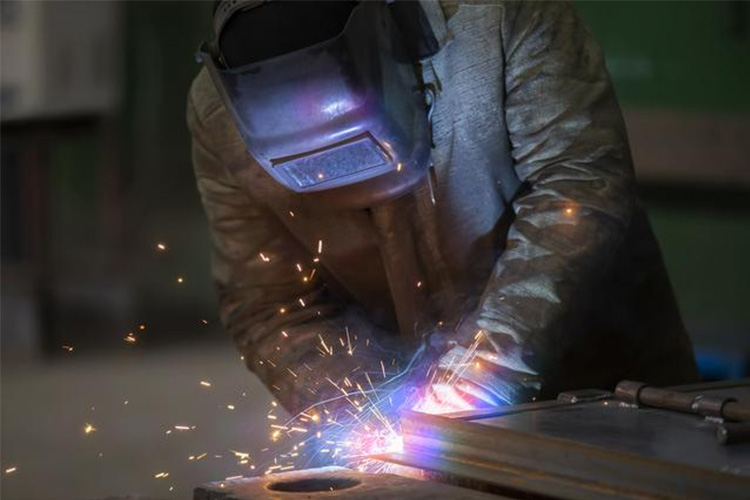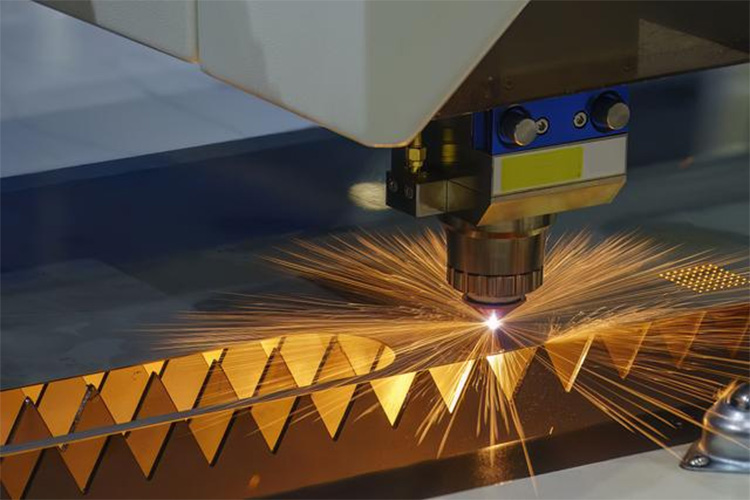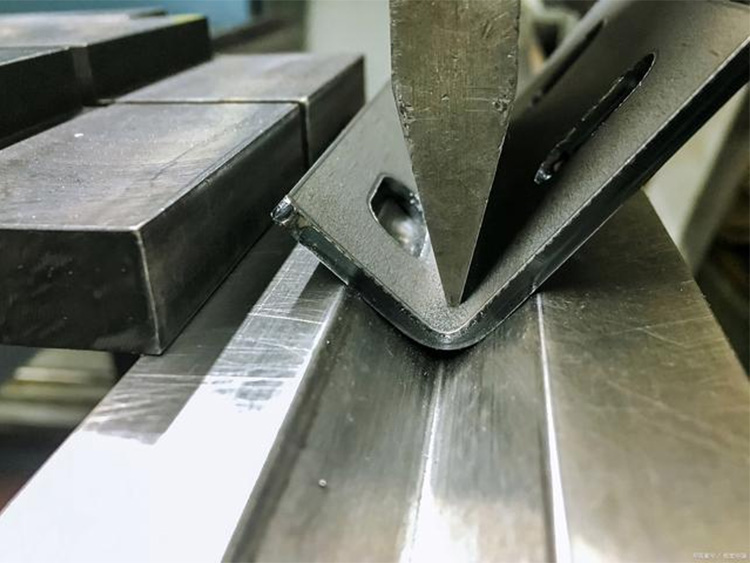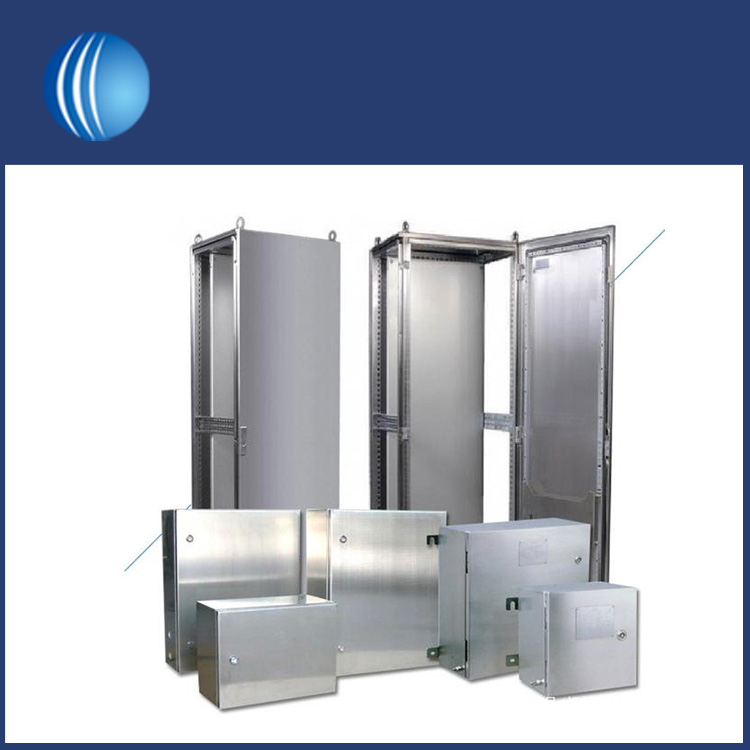
Firstly, it is necessary to determine the requirements for the size, structure, material, and surface treatment of the sheet metal cabinet, and design detailed manufacturing drawings and technological processes. The process from sheet metal cabinet to metal product starts with CAD drawing. After the drawing is completed, various parts are made through the sheet metal manufacturing process.

The plates of sheet metal cabinet are laser cut according to the drawing requirements to obtain various components. Laser cutting is the preferred method for cutting cabinet plates. It is a very fast and accurate cutting method that can ensure good results. For thicker cabinet materials, plasma cutting can also be used, but laser cutting provides better quality.
Cabinet shearing or die cutting refers to the process of cutting without burning or melting the sheet metal. It is essentially not much different from cutting clothes with scissors. In the shearing process, the punch presses the workpiece onto a fixed mold or blade, and the gap between the two prevents the workpiece from passing through, thus completing the shearing.

Punching is another method of cutting holes in the sheet metal cabinet. It uses a metal punch to impact the plate and create holes, which is suitable for mass production but not cost-effective for small batch production. According to the design drawings, punching and bending are performed on the plates to make cabinet components that meet the required shape and size.
Due to the complexity of bending,sheet metal cabinet bending is the most difficult step in sheet metal processing and metal manufacturing. Engineers must be very familiar with the bending properties of metals. Most bending machines have certain restrictions on bending, such as the unilateral height, which is limited by the size of the bending machine and the height of the upper blade. A solution is to adopt multi-side large-angle bending. The bilateral height is not greater than the maximum unilateral height, and is limited by the unilateral height and the bottom edge - the bending height is less than the bottom edge.

Sheet metal cabinet assembly is usually the last or second to last step in product completion. If the assembly includes welding processes, it must be ensured that the cabinet parts are clean. Welding and splicing refer to the process of welding and splicing various components to assemble the frame structure of the cabinet. If the parts have been powder coated, other methods such as riveting and bolting are usually used for assembly.
The powder coating mentioned earlier is part of the surface treatment. The sheet metal cabinet undergoes surface treatments such as coating, electroplating, and anodizing to improve its appearance quality and corrosion resistance. In sheet metal processing for cabinets, powder coating is the process of applying electrostatic powder to charged metal components. When there are no special requirements (such as an acidic environment), it is the preferred surface treatment method.
Then, various accessories such as door locks, slide rails, and heat sinks are installed according to customer requirements to meet the functional needs of users.
Next, rigorous quality inspection and testing are carried out on the sheet metal cabinet to ensure that its function and quality meet the design requirements and customer needs.

Finally, the sheet metal cabinet is packaged to protect it from damage during transportation and installation, and arrangements are made for shipment.